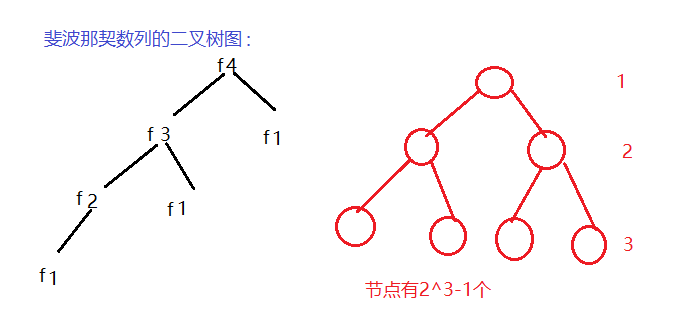1. Time Complexity
1. Complexity: A measure of the efficiency of an algorithm
// Please calculate how many times the func1 basic operation has been performed?
void func1(int N){
int count = 0;
for (int i = 0; i < N ; i++) {
for (int j = 0; j < N ; j++) {//N*N
count++;
}
}
for (int k = 0; k < 2 * N ; k++) {//2N
count++;
}
int M = 10;
while ((M--) > 0) {//10
count++;
}
System.out.println(count);
}Calculated: func1 basic operation performed (N^2+2N+10)
// Calculate the time complexity of func2?
void func2(int N) {
int count = 0;
for (int k = 0; k < 2 * N ; k++) {//2N
count++; }
int M = 10;
while ((M--) > 0) {//10
count++; }
System.out.println(count);
}
//2N+10->NSo its time complexity is O(N)
Example 2:
// Calculate the time complexity of func3?
void func3(int N, int M) {
int count = 0;
for (int k = 0; k < M; k++) {//M
count++; }
for (int k = 0; k < N ; k++) {//N
count++; }
System.out.println(count);
}M and N are both unknown, so their time complexity is O (M+N)
Example 3:
// Calculate the time complexity of func4?
void func4(int N) {
int count = 0;
for (int k = 0; k < 100; k++) {//100
count++; }
System.out.println(count);
}
//100->1All constant terms are replaced by 1, so its time complexity is O(1)
Example 4 (bubble sort):
// Calculate the time complexity of bubbleSort?
void bubbleSort(int[] array) {
for (int end = array.length; end > 0; end--) {//N
boolean sorted = true;
for (int i = 1; i < end; i++) {//N(N-1)
if (array[i - 1] > array[i]) {
Swap(array, i - 1, i);
sorted = false;
}
}
if (sorted == true) {
break;
}
}
}
//N(N-1)=N^2-N->N^2So its time complexity is O (N^2), which is best of all its time complexity. Its best time complexity is O (N), which is equivalent to ordering i only once.
Example 5 (Binary Search):
// Compute the time complexity of binarySearch?
int binarySearch(int[] array, int value) {
int begin = 0;
int end = array.length - 1;
while (begin <= end) {
int mid = begin + ((end-begin) / 2);
if (array[mid] < value)
begin = mid + 1;
else if (array[mid] > value)
end = mid - 1;
else
return mid;
}
return -1; }// Calculate the time complexity of factorial recursion factorial?
long factorial(int N) {
return N < 2 ? N : factorial(N-1) * N; }// Calculate the time complexity of fibonacci recursion?
int fibonacci(int N) {
return N < 2 ? N : fibonacci(N-1)+fibonacci(N-2);
}
2. Spatial Complexity
1. Spatial Complexity measures the extra space required by an algorithm. Spatial Complexity counts the number of variables
2. Representation: expressed by large O asymptotic method
3. Examples of common spatial complexity algorithms
Example 1:
// Calculate the spatial complexity of bubbleSort?
void bubbleSort(int[] array) {//1
for (int end = array.length; end > 0; end--) {
boolean sorted = true;
for (int i = 1; i < end; i++) {
if (array[i - 1] > array[i]) {
Swap(array, i - 1, i);
sorted = false;
}
}
if (sorted == true) {
break;
}
}
}
// Compute the spatial complexity of fibonacci?
int[] f// Compute the spatial complexity of fibonacci?
int[] fibonacci(int n) {
long[] fibArray = new long[n + 1];
fibArray[0] = 0;
fibArray[1] = 1;
for (int i = 2; i <= n ; i++) {
fibArray[i] = fibArray[i - 1] + fibArray [i - 2];
}
return fibArray; }fibonacci has N spaces to store each recursive value, so its spatial complexity is O(N)
Example 3:
// Calculate the time complexity of factorial recursive Factorial?
long factorial(int N) {
return N < 2 ? N : factorial(N-1)*N; }N calls were made recursively, opening up N stack frames, each using N constant spaces. Spatial complexity is O(N)